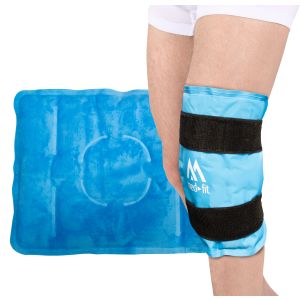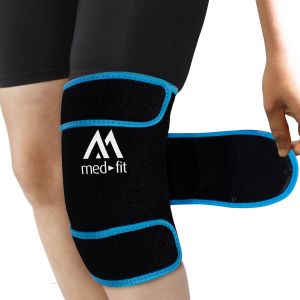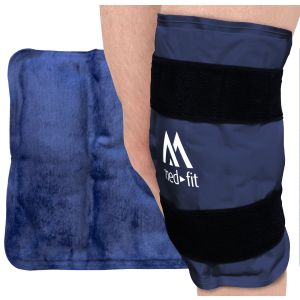Cold Therapy
Cold Therapy
How it works
Cryotherapy, commonly referred to as cold therapy, operates by diminishing blood circulation to a specific region. This reduction in blood flow can notably alleviate inflammation and swelling, particularly in the vicinity of joints or tendons, thereby addressing associated pain. Additionally, it has the capacity to temporarily diminish nerve activity, contributing to pain relief.
Types
There are a number of types of cold therapy available on the market, depending on how you wish to treat the affected area, and how large the area is. Some of these treatments include:
- Coolant Sprays
- Ice Massages
- Ice Knee Wraps
- Cooling Gels
- Ice Baths
Other types of Cold Therapy treatment can sometimes include the following:
- Cold Therapy Chambers - commonly used for footballers and other sports stars.
- Cryokinetics - Cold treatment combined with active exercises.
- Cryo Stretching - cold therapy aimed at reducing muscle spasms and other related issues
When should you not use Cold Therapy
Individuals experiencing sensory issues, circulation issues, or similar conditions are advised to refrain from utilizing cold therapy. Those with sensory disorders may risk exacerbating their condition rather than benefiting from the treatment. Diabetes is one example of a condition falling within this category.





